The US Open is more than a tennis tournament. It’s a showcase of sport colliding with culture, politics, and progress. Since its inception in 1881, the Open has stood out from other Grand Slams — not just for its fast-paced hard courts in New York, but for its tradition of being first, bold, and unafraid of change.
Unlike Wimbledon’s polished traditions or Roland Garros’ clay-soaked elegance, the US Open reflects New York itself: loud, resilient, innovative, and unapologetically diverse. Every year, over 700,000 fans pass through the gates at Flushing Meadows, making it the most attended tennis event in the world. But behind the spectacle lie moments that shaped not just tennis, but society.
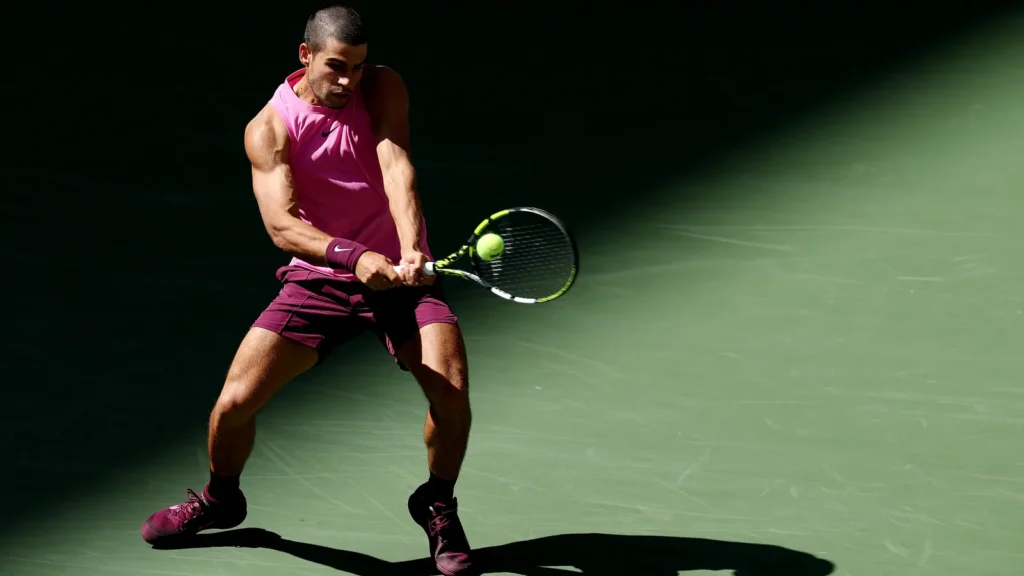
Here are five historic US Open moments that explain why this Grand Slam is unlike any other.
1. From Louis Armstrong to Arthur Ashe: Stadiums With a Story
The venues of the US Open aren’t just places to play — they carry symbolic weight.
- Louis Armstrong Stadium served as the tournament’s main court before 1997. Armstrong, a jazz icon and civil rights advocate, lived just blocks from the stadium in Queens. Naming the arena after him cemented a bond between tennis and the broader cultural fight for equality.
- In 1997, the US Open shifted its spotlight to Arthur Ashe Stadium, now the largest tennis venue in the world. Seating 22,547 fans, it eclipses the capacity of both Wimbledon’s Centre Court (14,979) and Roland Garros’ Court Philippe Chatrier (15,225).
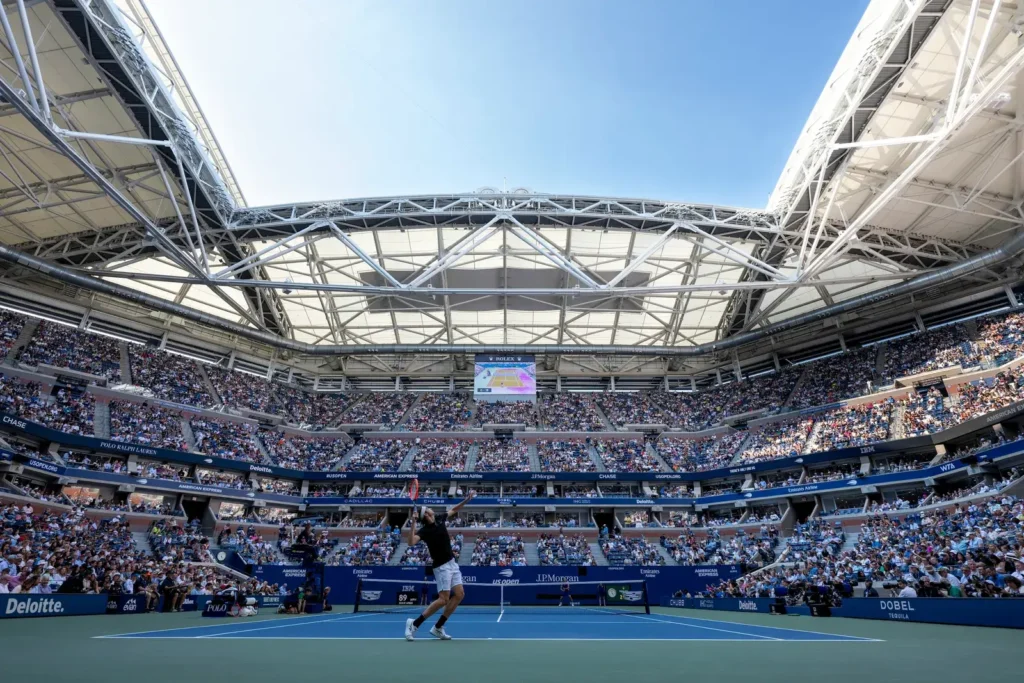
Why Arthur Ashe Matters
Arthur Ashe wasn’t just a champion — he was the first Black man to win the US Open in 1968, the very first year the tournament was “open” to both amateurs and professionals. Beyond tennis, Ashe was a powerful voice against apartheid in South Africa and an advocate for HIV/AIDS awareness after contracting the virus through a blood transfusion.
Quote spotlight: Serena Williams once said, “Arthur Ashe opened doors not just for me, but for every player of color who wanted to believe they belonged here.”
The stadium that bears his name is more than steel and seats — it’s a daily reminder that sport can carry a message bigger than trophies.
2. Billie Jean King and the Fight for Equal Pay
No moment captures the US Open’s role in driving social progress like 1973, when it became the first Grand Slam to award equal prize money to men and women.
- The change came after Billie Jean King, winner of 39 Grand Slam titles, threatened to boycott unless women were paid fairly.
- Her efforts, backed by pressure from the newly formed Women’s Tennis Association (WTA), forced the US Open to commit to equal pay.
- That year, John Newcombe and Margaret Court, the men’s and women’s champions, each received $25,000.
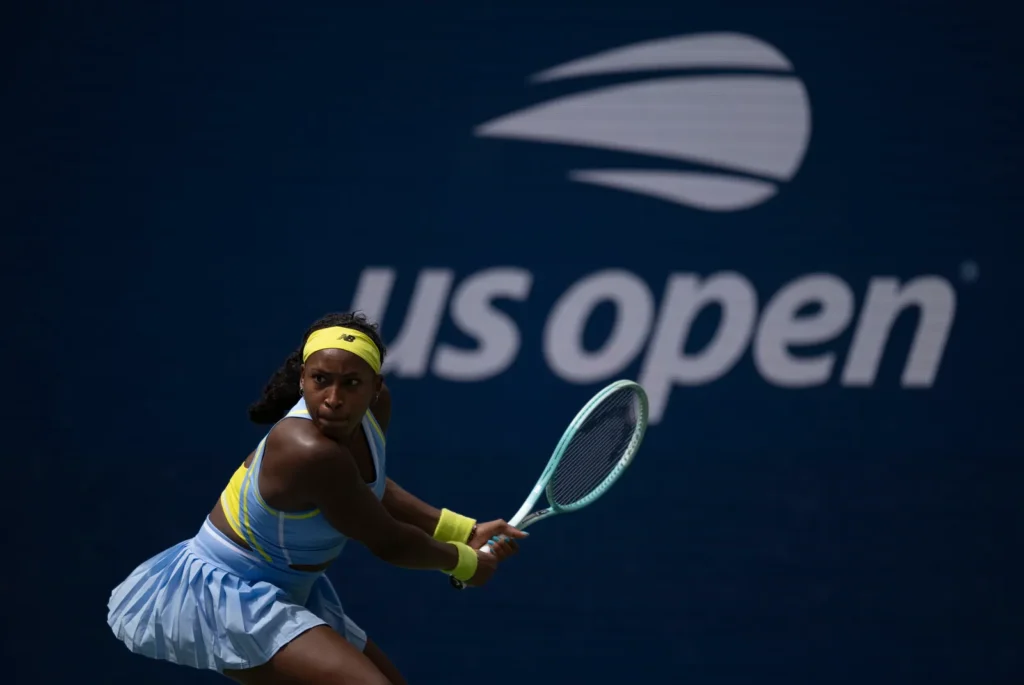
The Ripple Effect
It would take 34 years for all the Grand Slams to follow suit — Wimbledon finally matched prize money in 2007. King’s fight wasn’t just about tennis. It was about using sport to challenge gender inequality.
Quote spotlight: Billie Jean King recalled, “It wasn’t about the money. It was about the message. If tennis — a global sport — couldn’t lead on equality, then who would?”
Her stand has inspired generations of players. From Venus Williams campaigning for equal pay at Wimbledon to Naomi Osaka speaking out on mental health, today’s athletes continue the tradition of activism that began with King at the US Open.
3. The Birth of Night Tennis
Before 1975, tennis was strictly a daytime affair. That year, the US Open became the first Grand Slam to host matches under the lights, forever changing the sport’s atmosphere.
- The debut night session took place on September 3, 1975, at Forest Hills Stadium.
- With television audiences growing and the sport seeking to capture prime-time viewers, the idea was revolutionary.
- The gamble paid off — night matches quickly became the tournament’s crown jewel.

Why It Works
- Cooler conditions: Players often find it easier to perform at night when the heat of New York summers fades.
- A faster ball: The drop in temperature can slightly change the speed and bounce, altering strategy.
- A show-stopping crowd: New York fans bring unmatched energy at night, creating an electric atmosphere.
Quote spotlight: Taylor Fritz, runner-up in 2024, said, “When you walk into Arthur Ashe at night and 24,000 people are buzzing, you feel like you’re stepping into a prizefight, not a tennis match.”
Now, every major tournament runs night sessions. But it all started with the US Open, which turned tennis into a sport that could thrive under stadium lights, side by side with baseball and football in America’s sports calendar.
4. Rolex: The Timekeeper of Champions
Tennis and Rolex have been linked for decades, but the US Open holds a special place in the brand’s history.
- Rolex became the Official Timekeeper of the US Open in 2018, completing its partnership with all four Grand Slams.
- Many of the game’s legends who have lifted the trophy are also Rolex ambassadors:
- Rod Laver (1962, 1969)
- Chris Evert (six-time champion)
- Roger Federer (five-time champion)
- Iga Świątek, Carlos Alcaraz, Coco Gauff, and Jannik Sinner in recent years.
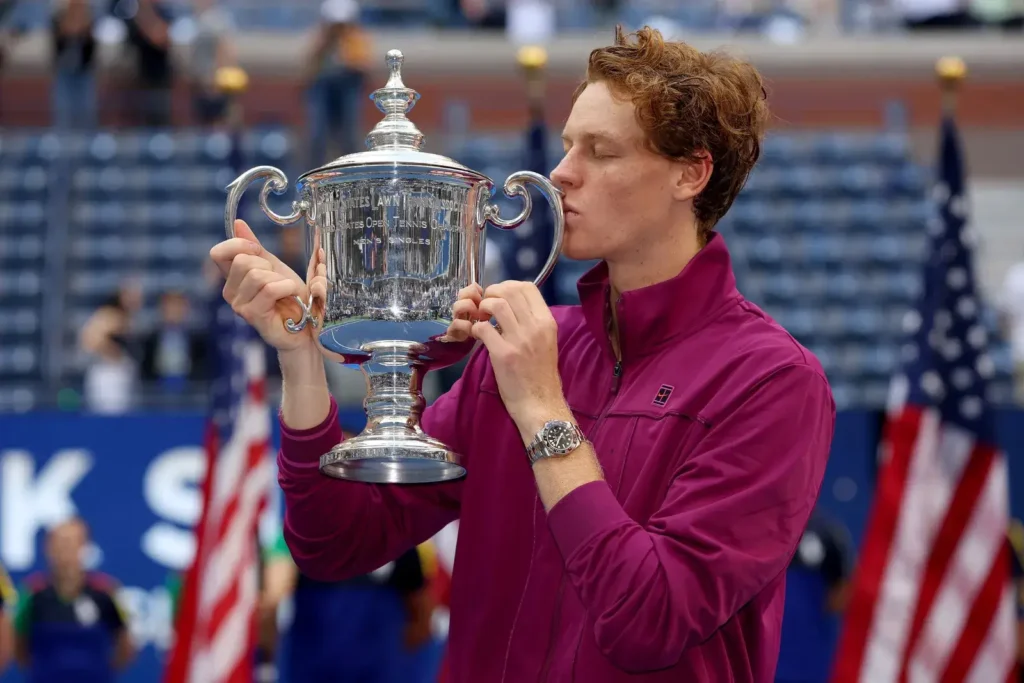
Why It Matters
The partnership isn’t just about branding. Rolex symbolizes precision, endurance, and legacy — qualities the US Open prides itself on. Their iconic clocks tick away courtside, visible in nearly every broadcast.
Quote spotlight: Roger Federer once remarked, “Tennis is a game of moments measured in seconds. Rolex has been there, keeping time, as history is written.”
This alignment of brand and tournament reinforces the US Open’s image as not just a competition, but a global event where history and excellence converge.
5. The Tournament That Never Stops
Since 1881, the US Open has been played every single year — an unbroken streak unmatched by any other Grand Slam.
- Wimbledon was canceled during World War I and II.
- Roland Garros was suspended during the German occupation of Paris.
- Even the Australian Open has shifted dates and locations, sometimes not held in a calendar year.
The US Open? Not once.

Even During Crisis
- In 2001, just weeks after the September 11 attacks, the tournament pressed on, offering a stage for resilience.
- In 2020, during the height of the COVID-19 pandemic, the US Open became the only Slam played in its normal slot, though without fans.
Quote spotlight: Novak Djokovic, reflecting on the 2020 edition, said, “Playing in an empty Arthur Ashe was surreal, but it showed the spirit of the Open — it doesn’t quit, no matter what.”
This commitment to continuity has made the US Open not only a sporting tradition, but a cultural anchor in turbulent times.
Beyond the Court: Why These Moments Resonate
Each of these moments proves the US Open isn’t just about forehands and backhands. It’s about:
- Culture: From Armstrong to Ashe, the stadiums connect music, activism, and sport.
- Equality: Billie Jean King’s stand in 1973 reshaped sports economics worldwide.
- Innovation: Night tennis redefined how fans consume the game.
- Legacy: Rolex’s partnership ties the Open to excellence and tradition.
- Resilience: Its unbroken streak reflects New York’s own never-stop energy.
Every September, when the lights of New York reflect off Arthur Ashe Stadium’s roof and the crowds roar into the night, the US Open proves itself again: a tournament that’s never been afraid to evolve, to lead, and to reflect the world around it.
It’s not just a tennis championship. It’s a living history book — one that keeps writing new chapters with every ace, every rally, and every moment when sport becomes something greater.




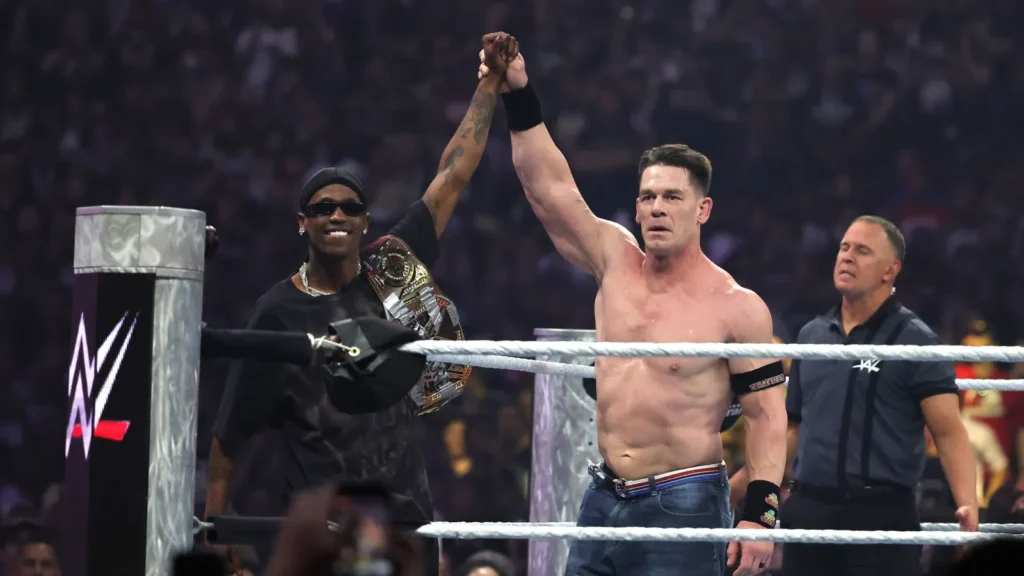


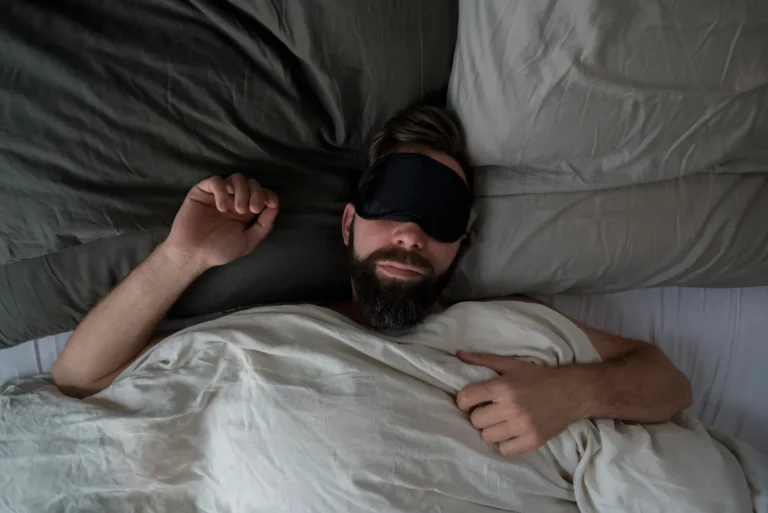
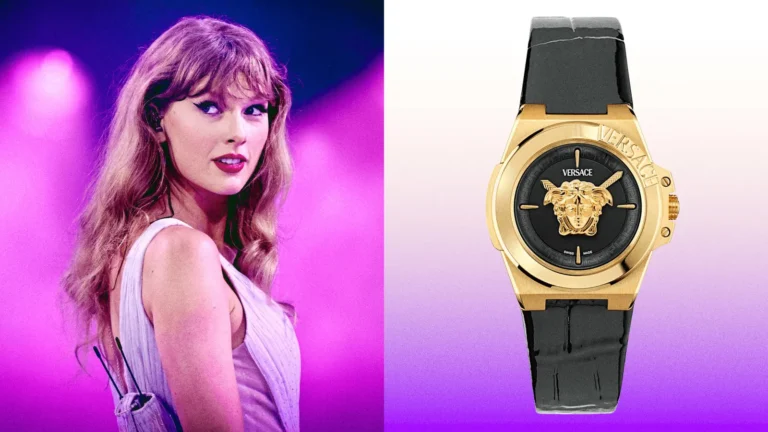
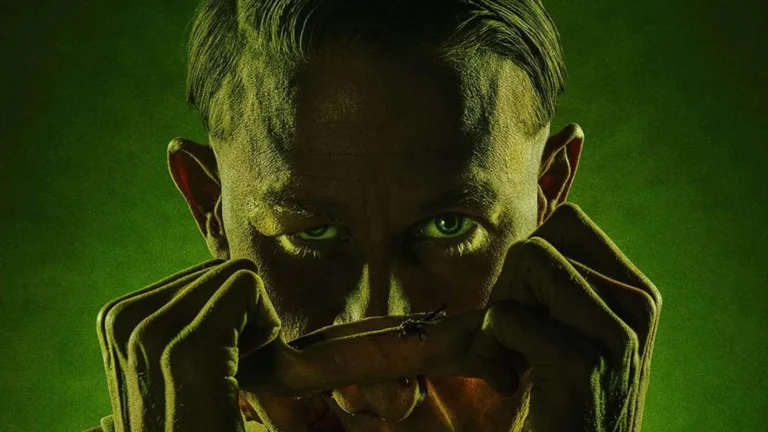
Saved as a favorite, I really like your blog!